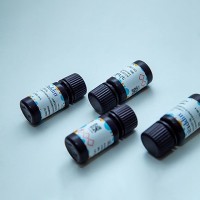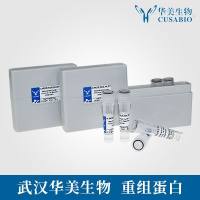In this chapter, the laboratory methods for detection of sperm biomarkers that are aimed at identifying arrested sperm development are summarized. These probes include sperm staining with aniline blue for persistent histones, representing a break in the histone-transition protein-protamine sequence, immunocytochemistry with cytoplasmic sperm proteins, highlighting cytoplasmic retention during spermiogenesis, DNA nick translation testing for DNA chain fragmentation due to various reasons, for instance low HspA2 chaperone protein levels, and consequential diminished DNA repair. Finally, we briefly provide references on our work on sperm hyaluronan binding, abnormal Tybergerg sperm morphology, and the increased levels of chromosomal aneuploidies in sperm with developmental arrest. A very interesting aspect of the biomarker field is the discovery (Sati et al, Reprod Biomed Online 16:570–579, 2008) that the various nuclear and cytoplasmic defects detected by the biomarkers are related, and may simultaneously occur within the same spermatozoa as evidenced by a combination of biomarkers, such as aniline blue staining (persistent histones) coupled with cytoplasmic retention, DNA fragmentation, Caspase-3, Tygerberg abnormal morphology, and increased levels of chromosomal aneuploidies. We show examples of this >80% overlap in staining patterns within the same spermatozoa.






